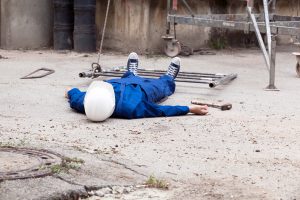 Each year, millions of people visit California for vacations and sightseeing. According to data from the California Travel and Tourism Commission, an estimated 42 million people visited California in 2018 alone and added $140.6 billion to the state’s economy.[1] Many people who vacation in California rent vehicles and try to navigate their way around the state’s interstates, freeways, highways, and streets. Unfortunately, some visitors to California sustain serious injuries in motor vehicle accidents during their visits. If you have suffered injuries in a car accident in California while on vacation that was caused by another driver, you might not know how to handle your claim. Since California’s laws differ from those of some other states, retaining an experienced personal injury attorney in Los Angeles at the Steven M. Sweat Personal Injury Lawyers might be a better choice than hiring a lawyer in your home state. Here is some information about how to handle car accident claims for collisions that happen when you are vacationing in California.
Each year, millions of people visit California for vacations and sightseeing. According to data from the California Travel and Tourism Commission, an estimated 42 million people visited California in 2018 alone and added $140.6 billion to the state’s economy.[1] Many people who vacation in California rent vehicles and try to navigate their way around the state’s interstates, freeways, highways, and streets. Unfortunately, some visitors to California sustain serious injuries in motor vehicle accidents during their visits. If you have suffered injuries in a car accident in California while on vacation that was caused by another driver, you might not know how to handle your claim. Since California’s laws differ from those of some other states, retaining an experienced personal injury attorney in Los Angeles at the Steven M. Sweat Personal Injury Lawyers might be a better choice than hiring a lawyer in your home state. Here is some information about how to handle car accident claims for collisions that happen when you are vacationing in California.Jurisdiction and venue for accident claims while vacationing in California
Car accident injuries that happen while you are vacationing in California are more complex because of issues of jurisdiction and venue.[2] Before a court can hear a case and award compensation to a plaintiff, the court must have jurisdiction over both the victim and the negligent party. The court where the claim is filed must also be convenient for all of the involved parties and be the proper venue.








